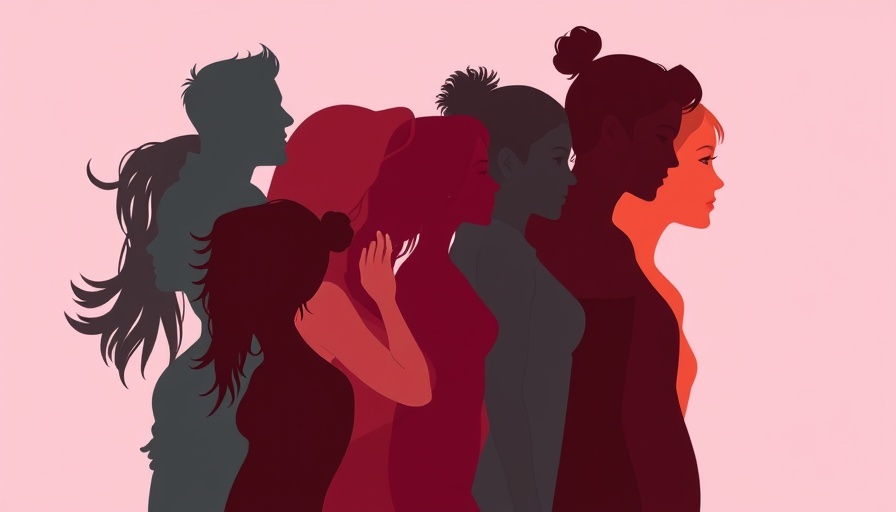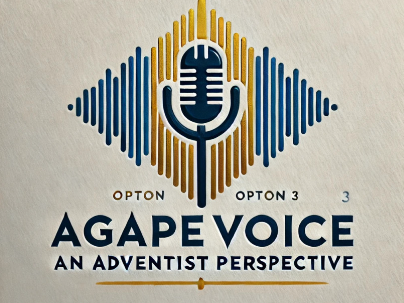
Understanding Esaïe 56:1-8: A Deep Dive into Hierarchy and Non-Conformity
The passage from Isaiah 56:1-8 has significant implications for how we view justice, inclusivity, and gender roles in the context of the Seventh-day Adventist (SDA) faith community. Here, Isaiah speaks to all people, emphasizing a divine invitation that transcends earthly classifications. This message invites reflection on how we view those who may be marginalized within our church and society.
The Importance of Justice and Inclusion
At its core, Isaiah 56:1 states, "Maintain justice and do what is right." Historically, religious institutions have often grappled with the struggle between adhering to tradition and embracing change for the sake of inclusivity. Isaiah emphasizes that all should have a place within the community, no matter their social status, gender identity, or background. This principle speaks volumes today as many religious communities aim to create inclusive environments.
Cultural Context of Gender Non-Conformity
During Isaiah's time, rigid gender roles dictated behaviors and responsibilities. The concept of gender non-conformity challenges these norms, opening a dialogue on how the interpretations of scripture can be more inclusive. This meaningful shift is relevant as we see many individuals identifying outside traditional gender norms finding community elsewhere, often citing a lack of acceptance in established religions. The call toward inclusivity rings even louder, urging SDA members to reflect upon their outreach and acceptance of different gender identities.
Personal Reflections From the Faith Community
The SDA community has, for a long time, been seen as both a sanctuary for believers and a bastion of certain norms. However, as with many faith communities across the globe, the challenges of modernity are prompting self-reflection. Many within the faith community express that worship should not be a battleground for discrimination. Personal stories from individuals affected by rigid gender roles within the church reveal profound hardship but also highlight resilience and hope for change.
Future Insights: Toward a More Inclusive Church
As we project into the future, the path ahead requires constant dialogue and a commitment to learning and understanding. The SDA community has the potential to be a leader in this discussion, embracing a model of inclusivity rooted in justice and love. Promoting events and discussions that focus on the intersection of faith and gender non-conformity will not only strengthen community ties but also attract those who feel disenfranchised.
Actionable Insights: What Can Faith Leaders Do?
It is vital for faith leaders to engage in continual education about gender issues, fostering environments in which congregants can express themselves freely. Hosting workshops and discussion groups focused on inclusivity can empower members to advocate for justice actively. Educational resources that illuminate the principles behind gender equality can greatly assist the faith community in navigating these changes responsibly.
Conclusion: The Call to Action
Engaging with the themes of Isaiah 56:1-8 presents an opportunity for the SDA community to redefine its approach to gender roles. Acknowledging and understanding the journey of gender non-conformity will serve as a beacon of hope for those searching for acceptance within the faith. As you reflect on your own beliefs, consider how you might contribute to creating an inclusive environment. Sharing resources, participating in conversations, or merely standing in solidarity can make a significant difference.
 Add Row
Add Row  Add
Add 




 Add Row
Add Row  Add
Add 


Write A Comment